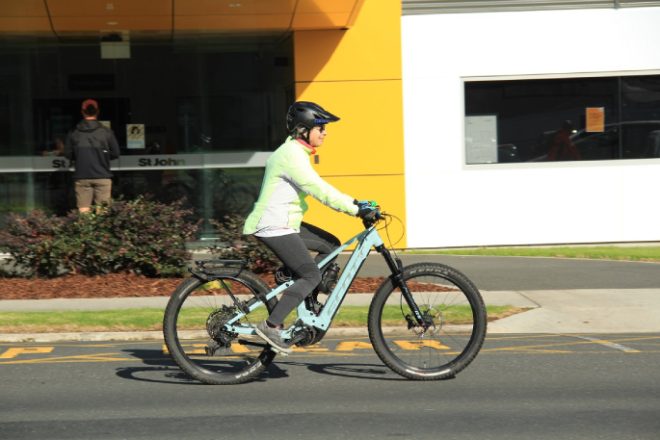Go By Bike Day即将回归,我们敦促所有人,无论年龄大小,都将汽车旅行换成骑自行车,体验安全骑行的好处。该活动是 Travel Safe 的 “骑行时间” 的一部分,该免费活动日程安排。一年一度的 Go By Bike Day 将于3月6日星期三举行,在热门的陶朗加自行车路线上有六个进站点,为自行车手提供零食和赠品。
Go By Bike Day 对所有人来说都是一项有趣的活动,从专心骑自行车的人到第一次考虑骑自行车上下班的人,甚至是那些曾经骑自行车但已经停止骑行的人。陶朗加市议会旅行安全小组负责人索尼娅·林兹鼓励所有人在这一天尝试骑自行车上班或上学。她保证,进站会有很多其他自行车手,Travel Safe团队会提供支持。
索尼娅指出,近年来,陶朗加的自行车运动卷土重来,越来越多的人使用电动自行车,城市周围的自行车道和共享道路也越来越多,而且人们一直鼓励人们安全骑行和其他形式的积极旅行。
骑自行车可以带来许多健康、交通和社会福利,但索尼娅强调安全应始终是重中之重。她建议骑自行车的人始终佩戴头盔,注意周围的环境,慢速行驶,做好应对变化的准备,并让其他人知道他们正在共享道路上行驶。她还建议查看天气预报,提前规划路线,尽可能避开繁忙的道路,并确保能见度以保证安全。
对于那些还没有准备好单独骑车上班或需要帮助的人来说,三月和四月的 “骑自行车上班时间” 活动可能会有所帮助。从芒格努伊山、帕帕莫阿或湖泊出发,到市中心新的自行车停放站自行车停车设施结束,经验丰富的自行车教练将指导参与者如何安全地在郊区之间穿行。
有关 Go By Bike Day 和 Time to Cycle 的更多信息,请访问 https://www.mytauranga.co.nz/time-to-cycle。Go By Bike Day Pitstops 将于 3 月 6 日星期三上午 6:45 至上午 9:00 开放。




























































